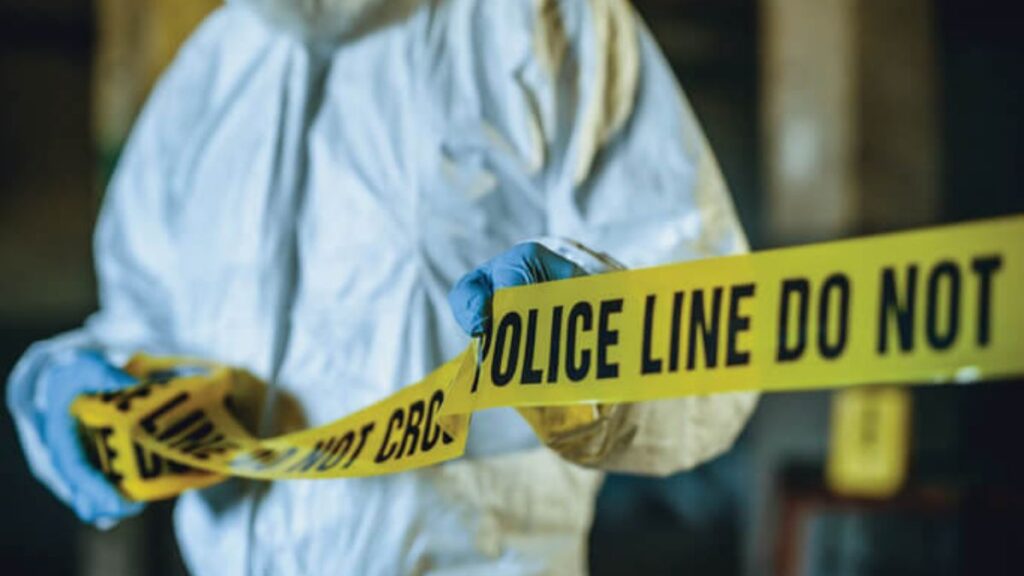When a crime occurs, the aftermath extends beyond legal investigations. The physical environment often bears the marks of trauma—blood, bodily fluids, and hazardous materials—that pose significant health risks and emotional challenges for property owners and loved ones. Professional crime scene cleanup services are vital to safely and thoroughly restore affected spaces, allowing families, businesses, and communities to begin healing.
This article provides an in-depth look at crime scene cleanup: what it involves, why it requires specialized expertise, the cleanup process, and the emotional sensitivity it demands. Whether you are a property owner faced with this difficult situation or someone seeking to understand the scope of services, this guide offers essential information to navigate this challenging aftermath.
Understanding Crime Scene Cleanup
Crime scene cleanup, also known as biohazard remediation, involves the specialized removal and disinfection of hazardous materials resulting from violent crimes, accidents, or unattended deaths. These materials include blood, bodily fluids, tissue, and other biological contaminants that can carry pathogens such as HIV, Hepatitis B and C, and other infectious diseases.
The nature of crime scenes requires strict adherence to health and safety standards, including OSHA regulations and state-specific biohazard laws. Improper cleanup can lead to serious health consequences and legal liabilities.
Why Professional Crime Scene Cleanup is Necessary
Cleaning a crime scene is not the same as routine janitorial work. It involves:
- Handling biohazardous waste with extreme caution
- Using specialized personal protective equipment (PPE)
- Applying EPA-approved disinfectants and cleaning agents
- Employing advanced techniques to remove stains, odors, and contaminants
- Following legal protocols for disposal of hazardous materials
Attempting DIY cleanup is dangerous, illegal in many cases, and can leave behind harmful residues. Professionals have the training, equipment, and certifications to perform cleanup safely, effectively, and respectfully.
The Crime Scene Cleanup Process
Professional crime scene cleanup typically involves several key stages:
1. Initial Assessment and Planning
Cleanup crews assess the scene to determine the extent of contamination and develop a customized remediation plan. This includes identifying affected materials, potential hazards, and necessary safety measures.
2. Secure and Contain the Area
To prevent contamination spread, the cleanup team seals off the affected area using containment barriers and negative air pressure systems.
3. Removal of Biohazardous Materials
All blood, bodily fluids, and contaminated materials such as carpeting, furniture, and drywall are carefully removed and disposed of according to hazardous waste regulations.
4. Deep Cleaning and Disinfection
The area undergoes thorough cleaning with industrial-strength disinfectants to eliminate pathogens. This includes cleaning floors, walls, ceilings, HVAC systems, and any exposed surfaces.
5. Odor Removal
Specialized equipment like ozone generators or thermal foggers may be used to neutralize persistent odors caused by decomposition or bodily fluids.
6. Restoration and Repair
After cleaning, repairs such as repainting, replacing flooring, or installing new drywall restore the area to a safe, habitable condition.
Emotional Sensitivity and Respect
Crime scene cleanup professionals understand the emotional weight of their work. Often, they work closely with grieving families, property managers, or law enforcement, providing discreet, compassionate service. This sensitivity is a crucial component of effective cleanup, helping clients move forward with dignity.
Common Situations Requiring Crime Scene Cleanup
- Homicides and assaults
- Suicide or unattended death
- Accidental death involving bodily fluids
- Blood spills related to injury or medical emergencies
- Trauma scenes involving violent crime
Each scenario presents unique challenges that trained professionals are equipped to handle safely.
Health and Safety Measures During Cleanup
Due to the high risk of infection, crews use:
- Full-body protective suits, gloves, respirators, and eye protection
- Strict decontamination procedures
- Sealed containment to prevent airborne pathogen spread
- Proper disposal containers and methods for biohazardous waste
These measures protect both workers and occupants from exposure.
Prevention and Legal Considerations
Building owners and managers should be aware that crime scene cleanup in Las Vegas is often mandated by law to meet health codes and regulations. Failure to properly remediate can result in fines, liability claims, and health risks.
Conclusion
While the aftermath of a crime scene can be overwhelming, professional crime scene cleanup services provide essential expertise to ensure safety, compliance, and respect. By removing hazardous materials and restoring affected spaces, these professionals help communities heal and reclaim their environments.
If you are facing such a situation, do not attempt cleanup yourself. Contact certified crime scene cleanup specialists who prioritize safety, thoroughness, and compassion.







